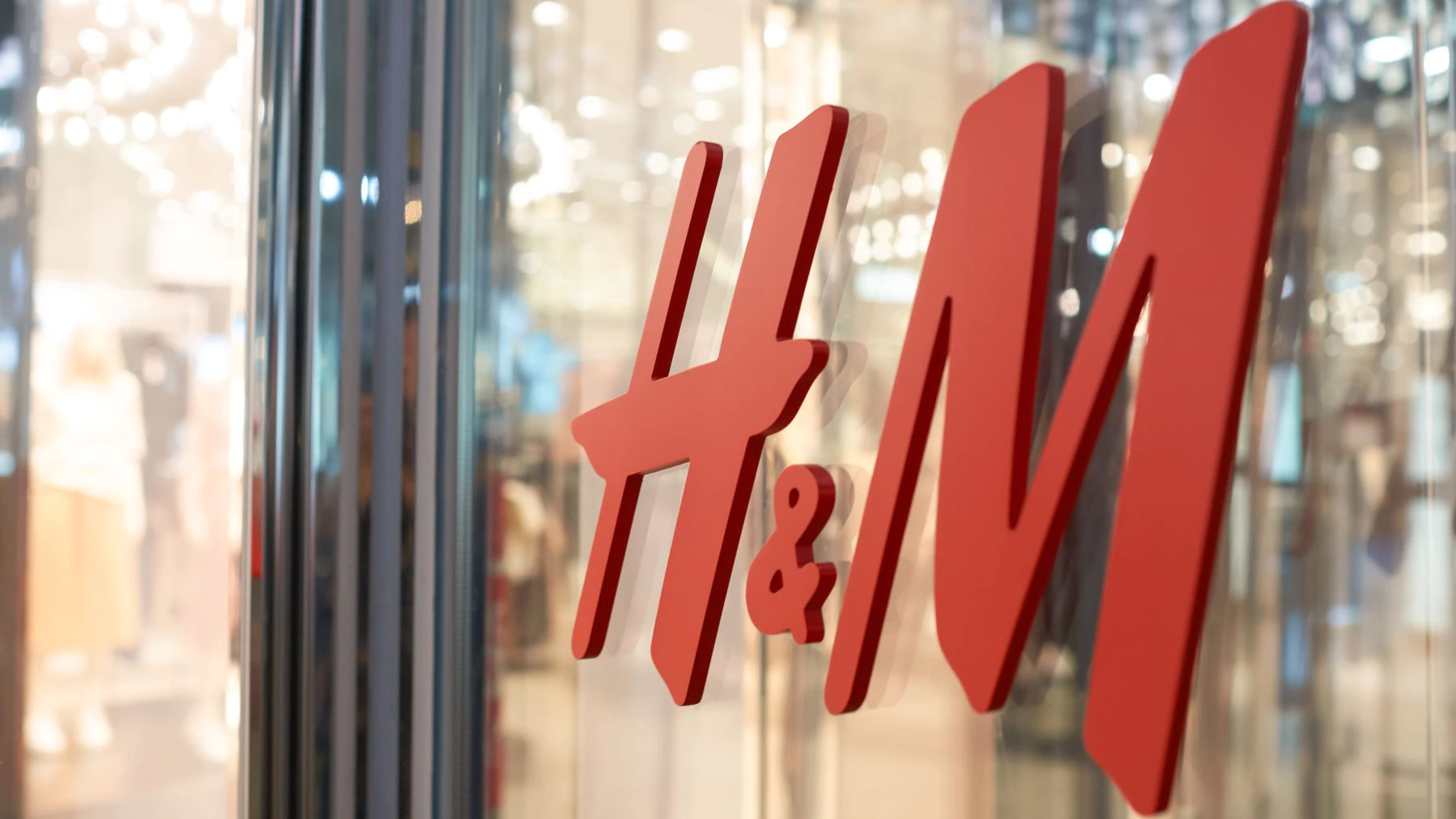
The new expansion will “ensure a high level of traceability” for as much as 20 percent of H&M’s material base by volume, with plans to continue increasing that figure, H&M said in a release. It follows on several scaled pilots the companies ran in 2021, during which they traced more than 1.5 million garments. H&M will also continue testing ways to scale its traceability efforts.
Fashion companies rarely have full visibility into the origins of the raw materials they use to make their clothing. It makes it hard for brands to know their full environmental impact and raises risks that they’re using materials produced with practices such as forced labour.
TextileGenesis, the recipient of H&M’s “Global Change Award” in 2020, is one of a number of companies turning to blockchain as a means of bringing visibility to the supply chain. Using a token it calls a “Fibercoin,” it’s able to track materials as they progress from fibre to finished product.
The process isn’t simple, however. It entails onboarding suppliers all the way up the supply chain onto the data platform and ensuring the information they’re entering is accurate. It can create prohibitive costs for brands and manufacturers looking to produce clothing as cheaply and quickly as possible.
In an interview with BoF last year, Amit Gautam, founder and chief executive of TextileGenesis, said the costs make it difficult for brands to trace “commodity” materials. He predicted the industry would eventually bifurcate, with top brands tracing their materials but small producers, especially those focused on local markets in regions such as Asia, continuing to operate without knowing the source of their products.
Learn more:
Is Fashion Ready to Put Its Supply Chain on the Blockchain?
H&M and Kering are among the fashion players that have recently launched pilot programmes to trace their supply chains using blockchain technology.


